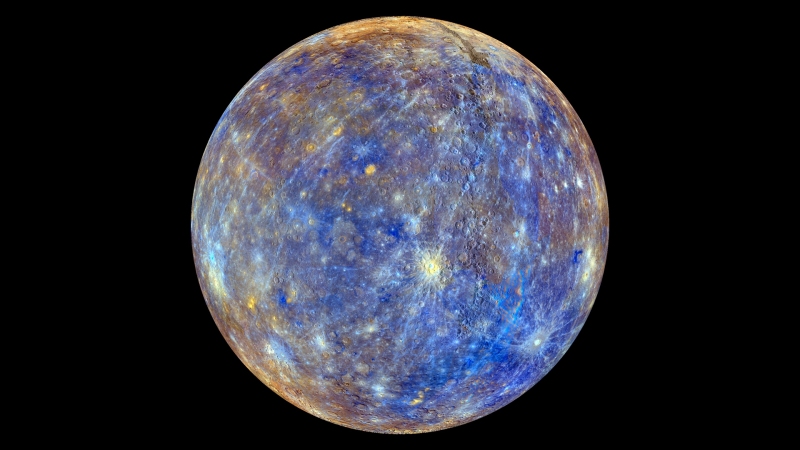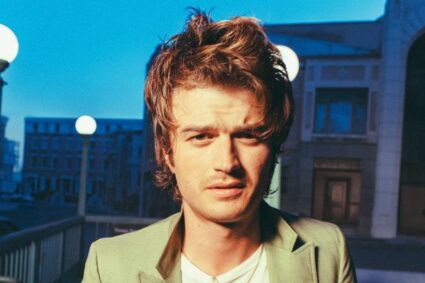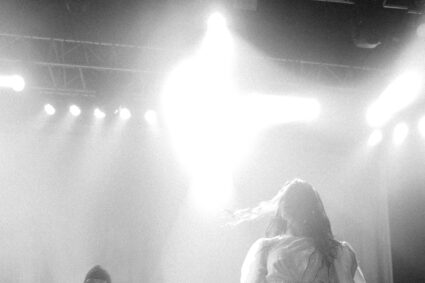
The National Philharmonic Orchestra and Chorale in collaboration with NASA’s Goddard Space Flight Center presented Cosmic Designs at the Music Center at Strathmore Saturday night. Claude Debussy’s La Mer, and Gustav Holst’s The Planets are symphonically synchronized to stunning NASA footage.
It’s was great to see NASA team up with the NPO. I’ve compared space and classical music ever since Richard Strauss’s Also Sprach Zarathustra was used in Stanley Kubrick’s 2001: A Space Odyssey. Tonight’s presentation paired NASA footage with two great classical masterpieces, La Mer, or the Sea and The Planets. They used animations showing complex weather systems, satellite footage, artist’s renderings and planetary flyovers. The footage was edited by Goddard producer Swarupa Nune.
They used satellite images of Earth and showed interesting (GIS) geographic information systems graphics on a large projector. There were graphics displaying the circular motion of the ocean and a map of the current temperatures around the globe. The charts were ornate displays of visual complexity and fit the music of La Mer perfectly. I couldn’t help but think of Benoit Mandelbrot, and fractal geometry when viewing these charts. Some of the satellite images were so beautiful they looked just like a painting which was the way La Mer was originally transcribed when it was paired with the graphic image of The Great Wave of Kanagawa. The NPO was outstanding and the timing and synchronization was on point.
Gustav Holst The Planets makes a great multi-media presentation. Conductor Piotr Gajewski stated that despite the rich visual offerings that keeping the music front and center was the goal. I think this was accomplished by dynamics alone. The warlike Mars theme boomed audaciously and was hard to ignore. The Mars theme directly influenced John Williams and composing the Star Wars theme, you can really hear the resemblance. The NASA footage was incredible! As vast as space is there must be just as many different colors. It was magnificent!
The music fit the nature of the planets. The swift tempo of the Mercury theme was accurate. Mercury being the closest planet to the sun is the fastest moving. The Greek god Mercury is also fleet of foot, it’s no coincidence. The sound really made you feel like you were flying through space. The tempo of the Saturn theme was like a clock and it mimicked Saturn’s rings which are a timeline revealing Saturn’s past. Each planet had its own theme that the music heightened and made the experience fun. The NASA footage had beautiful gradient tones and the orchestra cascaded these tones with harmony. It was quite the sensory experience to have such elaborate imagery with such an elaborate sound. The powerful harmony of the chorale made you tingle, it was god-like. Piotr conducted with enthusiasm and poise. His arm gestures are always tall and easy for everybody to see and decipher.
In addition to the concert, NASA had also set up many displays. The coolest had to be a sphere with a globe projected on it. It also switched to displaying the moon and a map of the universe. Walking around Strathmore was like taking in a cool science fair. It was a family friendly atmosphere.
This was an amazing concert! I feel this is the future of classical music. To pair orchestras with incredible technology for an amazing experience. Everybody in the whole Music Center enjoyed the event. You could just tell.


